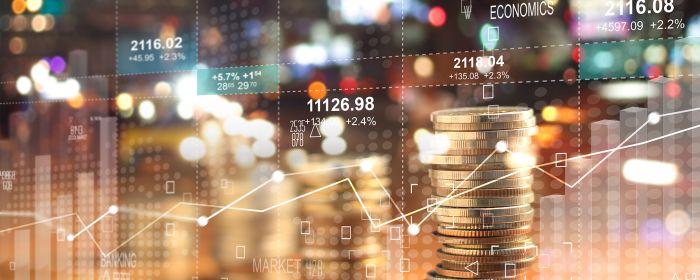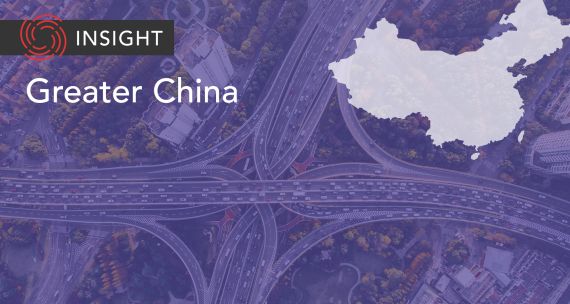Governments and international institutions around the world have cracked open their economic toolboxes in the fight against COVID-19's economic destruction, using everything from interest rate changes and tax reductions, to more rarely seen policies such as emergency liquidity and COVID-19-specific guarantees on credit and loans.
The number of responses is staggering: based on data from the Yale Program on Financial Stability, as of Tuesday, April 14th, governments and institutions have made nearly 1,700 economic policy announcements on COVID-19, starting with the Ministry of Finance of the People’s Republic of China’s C$200-million stimulus package for Hubei on January 23rd.
More than one-third of all the announcements in Yale’s dataset have been by Asia Pacific governments or the Asian Development Bank (ADB), including:
- Emergency liquidity – emergency programs to restore the ability to convert assets into cash across the financial system. A central bank lending or purchasing assets from the government or others makes it easier for the broader economy to continue buying and selling, boosting the economy.
- Macroprudential policy – changes in policy tools to ease financial conditions or requirements on financial businesses, typically banks. These policies can include anything from a central bank encouraging businesses to still accept physical cash, to governments extending tax filing deadlines, all with the aim of making business easier across the economy.
- Monetary policy – central bank moves or statements on intervening in the economy, focused on interest rates and money supply.
- Fiscal policy – government moves or statements on collecting revenues (such as taxes) and allocating spending.
Economies in the Asia Pacific announced policy responses early and are now initiating a ‘second wave’
After slicing the data with an eye on the Asia Pacific region, we find that governments and central banks have mainly used a mix of fiscal and macroprudential measures to date in response to COVID-19's economic impact. Working through the Yale data, we see that economic policy responses across the Asia Pacific peaked in mid-March, after building up since late January.
However, since early April, we also appear to be in the middle of a ‘second wave’ of policy announcements.
Canada waits until March to announce policy measures, uses a different mix of tools than Asia
We can also contrast the Asia Pacific’s responses to Canada’s own. In line with when cases began escalating, Canada started its economic responses much later than the Asia Pacific. Canada began its first responses in early March, with a peak thus far near the end of March.
The most frequently used tools in Canada also differ from the Asia Pacific. Here, we have seen a mix of monetary and fiscal policies announced in response to the coronavirus’ effects. This different mix of responses also impacts the extent to which we can look to Asia Pacific economies for lessons on economic policies: Canada’s government and central bank are operating within different contexts than many Asia Pacific economies, and are choosing a different mix of tools.
Even Australia and New Zealand – with economies in some ways comparable to Canada’s – tell a slightly different story. Both Australia and New Zealand began their responses just before Canada, also peaking towards the end of last month. But unlike Canada, their economic tools have been mainly in the macroprudential and fiscal policy directions.
We may see a ‘second wave’ of policy measures hit Canada soon
While Canadian policy-makers may be operating in different contexts from their counterparts across the Asia Pacific, early evidence from this Yale dataset may give us some sense of things to come in Canada. Governments and central banks in Asia appear to have been willing to increase the number of responses during the early stages of their COVID-19 fights, and to reduce the frequency of new announcements after their first peak only to ramp up new economic measures once again. If Canada follows a similar trajectory to this early-hit region, the late-March peak in announcements won’t be our last.





